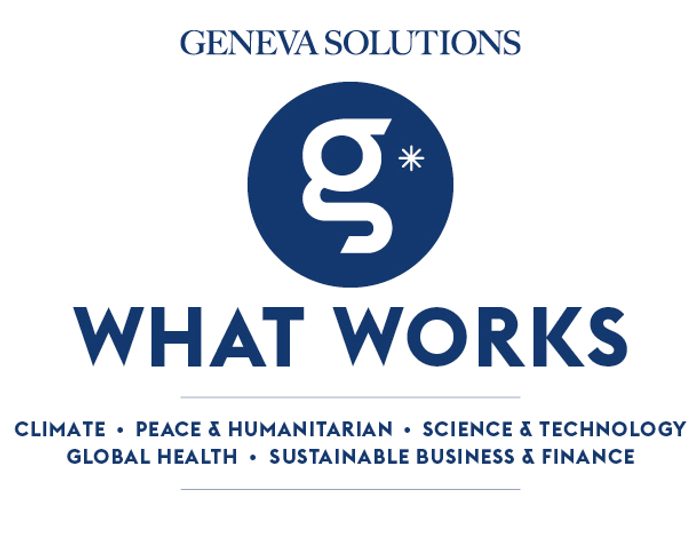|
From rivers in Peru poisoned by mining runoff to protected forests in the Democratic Republic of the Congo razed by militias to fund armed efforts, to the toxic legacy of munitions in Ukraine, international crimes often leave behind environmental ruin. Despite their vast ecological and human cost, these offences have long slipped through the cracks of the justice system.
Affected communities are frequently left with little recourse, while NGOs and environmental defenders trying to stop the damage are confronted with a long, winding and technically demanding path to justice. “These crimes are so prevalent around the world, yet there is also a tremendous impunity gap for them,” says Kingsley Abbott, director of the Institute of Commonwealth Studies. “One of the reasons is that those who might be encouraged to investigate them for legal proceedings face so many obstacles.”
The work is painstaking: it demands scientific expertise, legal know-how and the courage to operate in murky, often dangerous terrain.
To close the gap, the UK-based institute, along with a coalition of organisations, including Geneva-based Trial International and Justice Rapid Response, launched this summer an initiative to have a group of experts from different fields draft a set of practical guidelines to help investigators navigate those hurdles.
The experts are only just beginning their work after holding a consultation in Geneva last June, and funding is still being worked out, but the organisations hope to launch the final product between 2026 and early 2027.
Read the full story on Geneva Solutions.
|








